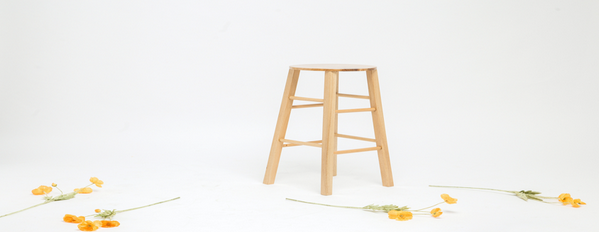In my view, reducing injuries and incidents is strongly related to our relationship with our people in the organization.
We build these relationships by talking together, treating each other with respect, listening and learning together, deciding what we need to do together, and doing it with integrity.
In doing these things, here is a simple list of subjects we can talk about and build upon to build relationships. You may have other things to talk about.
- Who are we as individuals and together?
- Do you know the people with whom you are working?
- Do you talk about the work together?
- Do you talk about what you are trying to do?
- Do you talk about how to do the work better and more safely?
- Do you talk about the customers you are serving?
- Do you talk about your team and how they are doing? Does everyone know we need to be a team and that bullying and/or sexual harassment are out of bounds?
- Does everyone know that all forms of workplace violence are not okay?
- Does everyone know why you are doing this particular work before you?
- Do you know the quality and safety standards?
- Do the people feel that it is okay to talk honestly about these things?
- Do people feel confident that they can stop work if they see a safety or quality problem, without any negative repercussions?
- Does everyone know the production schedules and when things need to be done?
- Does everyone know about the flexibility in the schedules?
- Do the people put the right emphasis on fixing a safety problem? Some fixes can wait for a break in the schedule, but some need to be fixed now!
- In your conversations, do you talk about the subtle things like creep and drift from the required procedures?
- Does everyone know where to go to get help to get things done properly, without cutting corners or taking short-cuts?
- Do people know where all the PPE is located and how to use it properly?
- Does everyone view the safety people as guides and experts?
- Do the line supervisors participate in these discussions regularly, so they are up to date on things?
- Do you talk about safety being a line responsibility; the supervisor is in charge and the safety person is an advisor and expert?
- Do you talk about the bottom line – that everyone gets to go home at the end of their shift with their eyes, ears, legs, arms, and all body parts intact?
- Does everyone really know how to do their job and look out for the others on their team?
- Do you talk together about the proper qualifications for the work?
- Do you talk about keeping the training and development work up to date?
- Do you talk about surprises in doing the work that can help or cause problems?

Change Happens One Conversation At a Time
These kinds of conversations are important and need to be done every day, to build relationships. Some variation of these conversations is fine. If we think that we can do these once a month and mark our check list, then we miss the point and will have little positive impact. This is about integrating caring conversations of consequence into our daily interactions.
Daily conversations about one or the other of these questions will have a big impact over time. We’re talking about meaningful, constructive change for better safety, quality, and productivity. Each of these small conversations are like grains of sand falling in an hourglass.
The potential energy slowly builds and then one day, positive change will happen. Most of the changes will be small, some will be bigger, and some will make a huge difference. We can’t predict when or where the changes will happen, but they will happen.
We have to be persistent in our conversations, look for weak signs of change, and celebrate success. Ultimately, these conversations build solid, safety-minded strength into our team’s and relationships.
This is the stuff that I did as plant manager, and the results were amazing. Over a 4-year period, all of us together cut our injury rates by 97%, emissions dropped by 95% and earnings rose by 300%. I can’t claim credit for these improvements; everyone contributed because they wanted to make things better.

Safety Is About Having People Go Home To Their Families IN One Piece
Did you ever complete the investigation of a tragic, fatal accident by going to the funeral of the person who lost their life in your facilities? Have you talked with the family and apologized for that terrible event? Have you felt the depth of the tragedy? It never goes away for them. You do not want to have to do this.
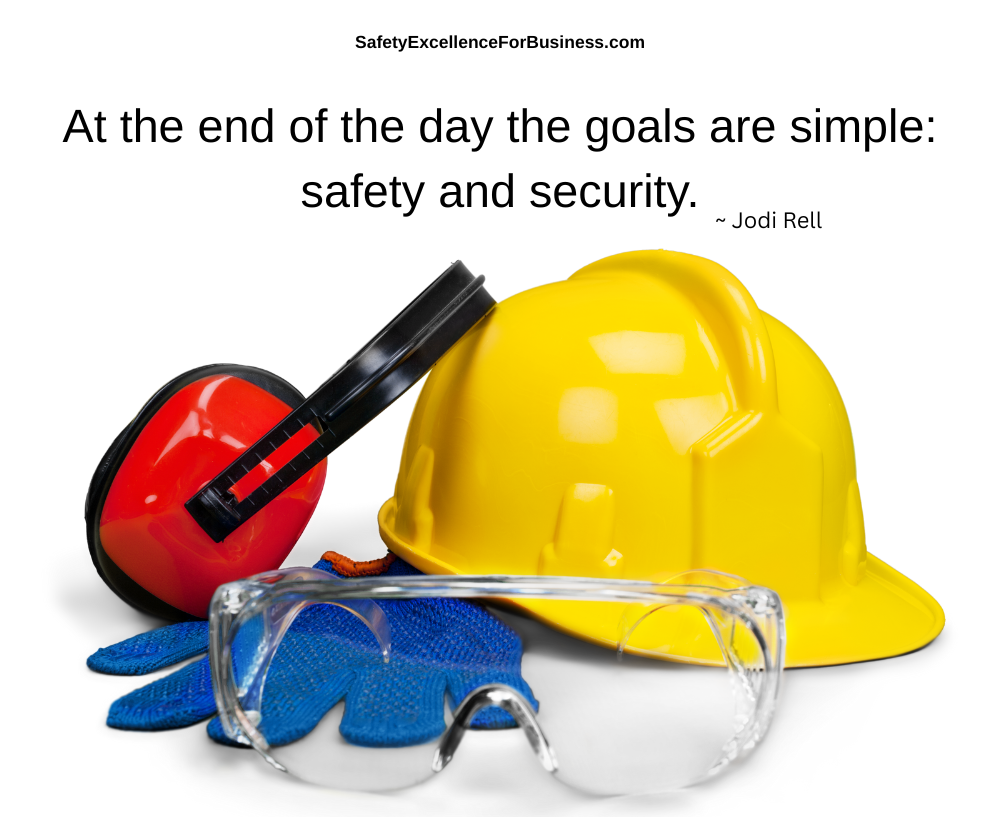
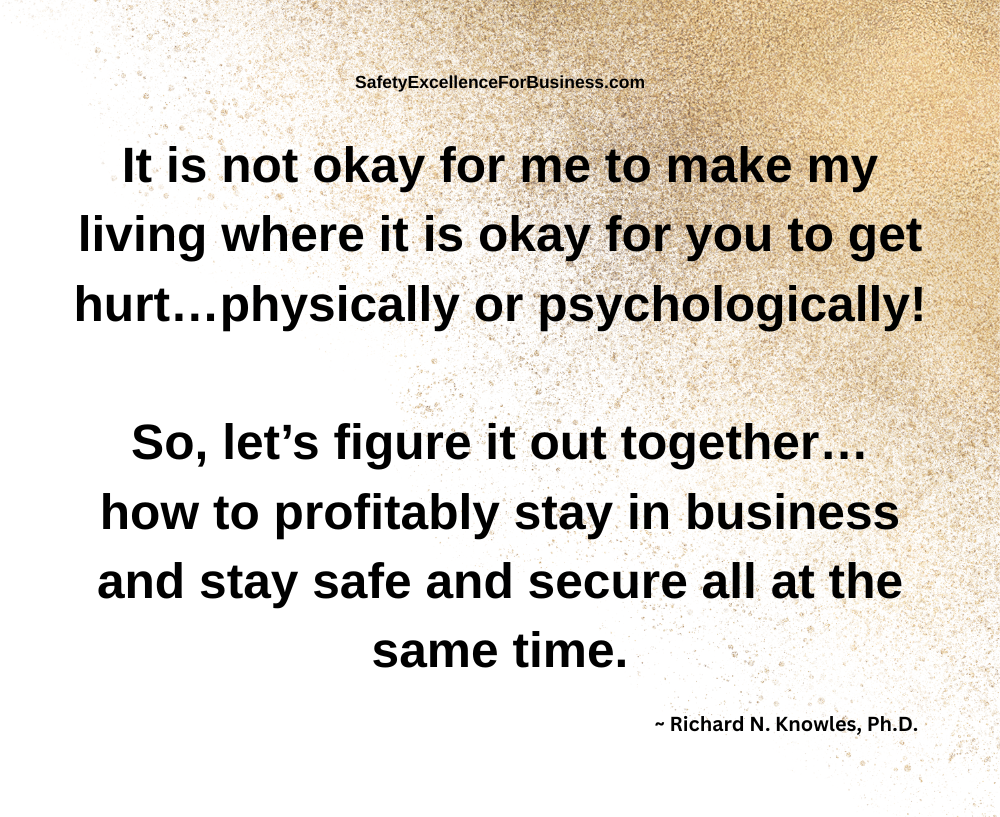
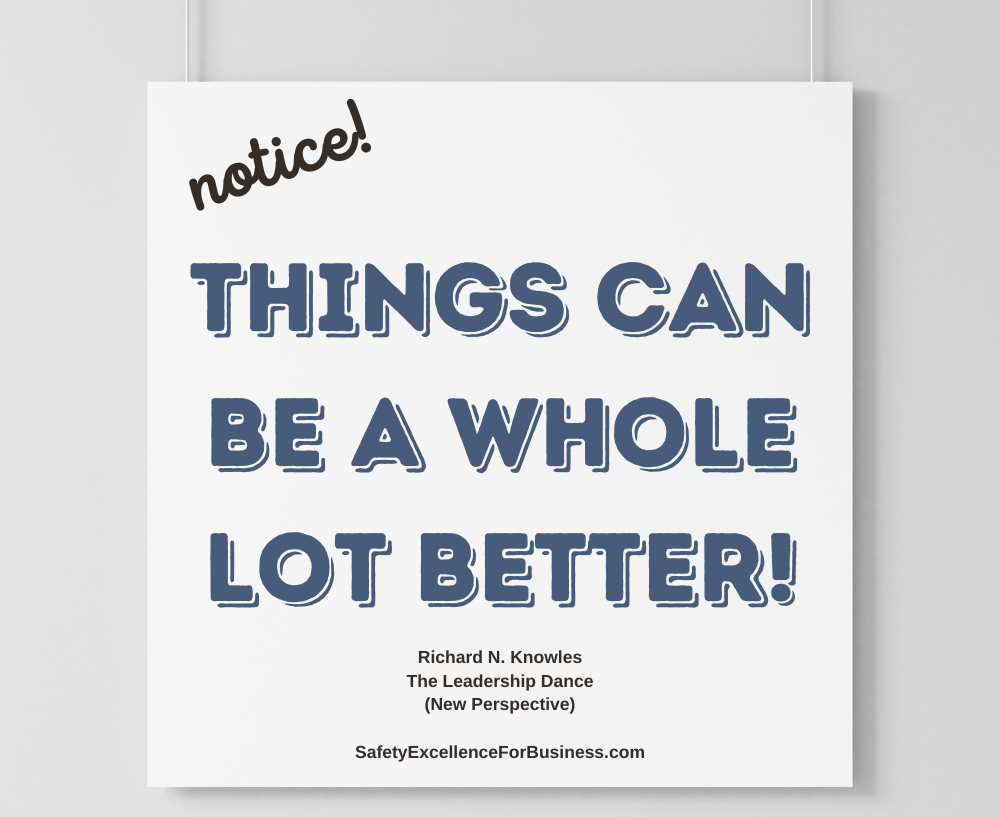
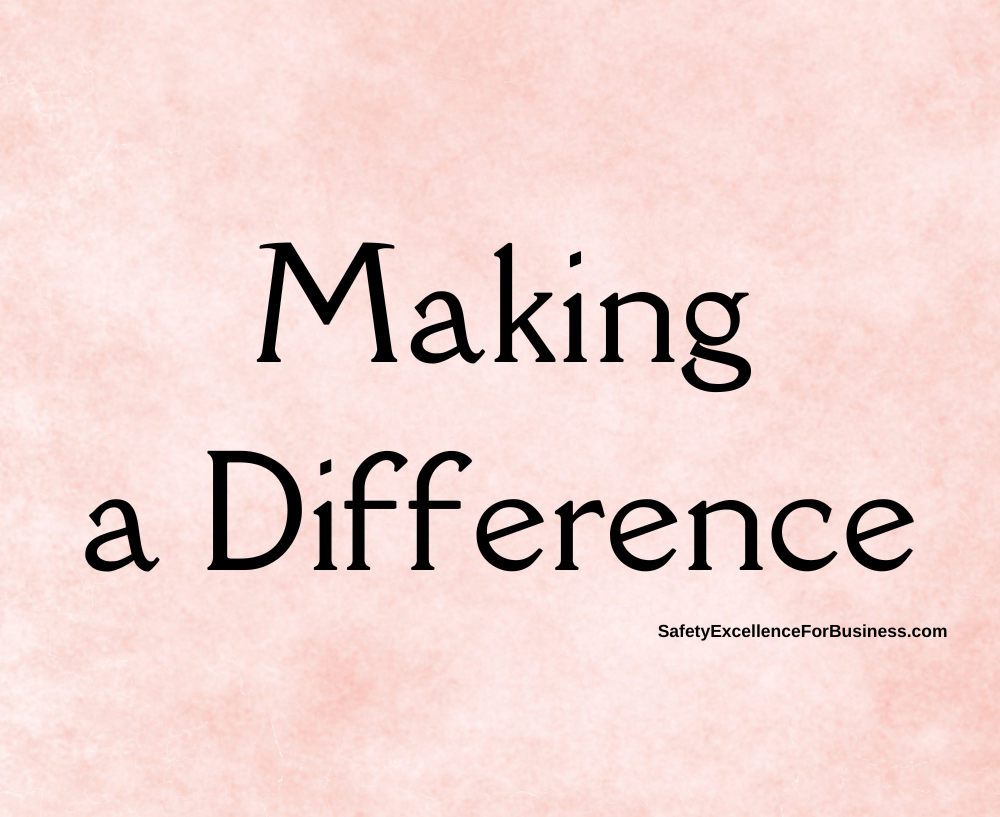



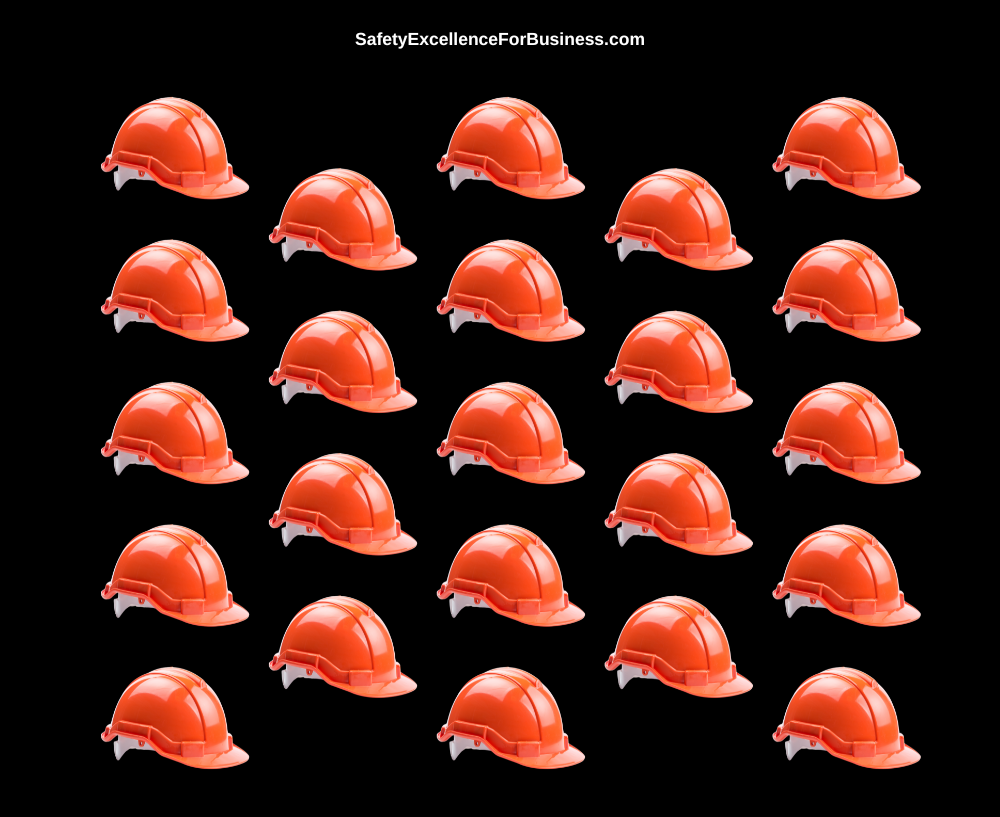


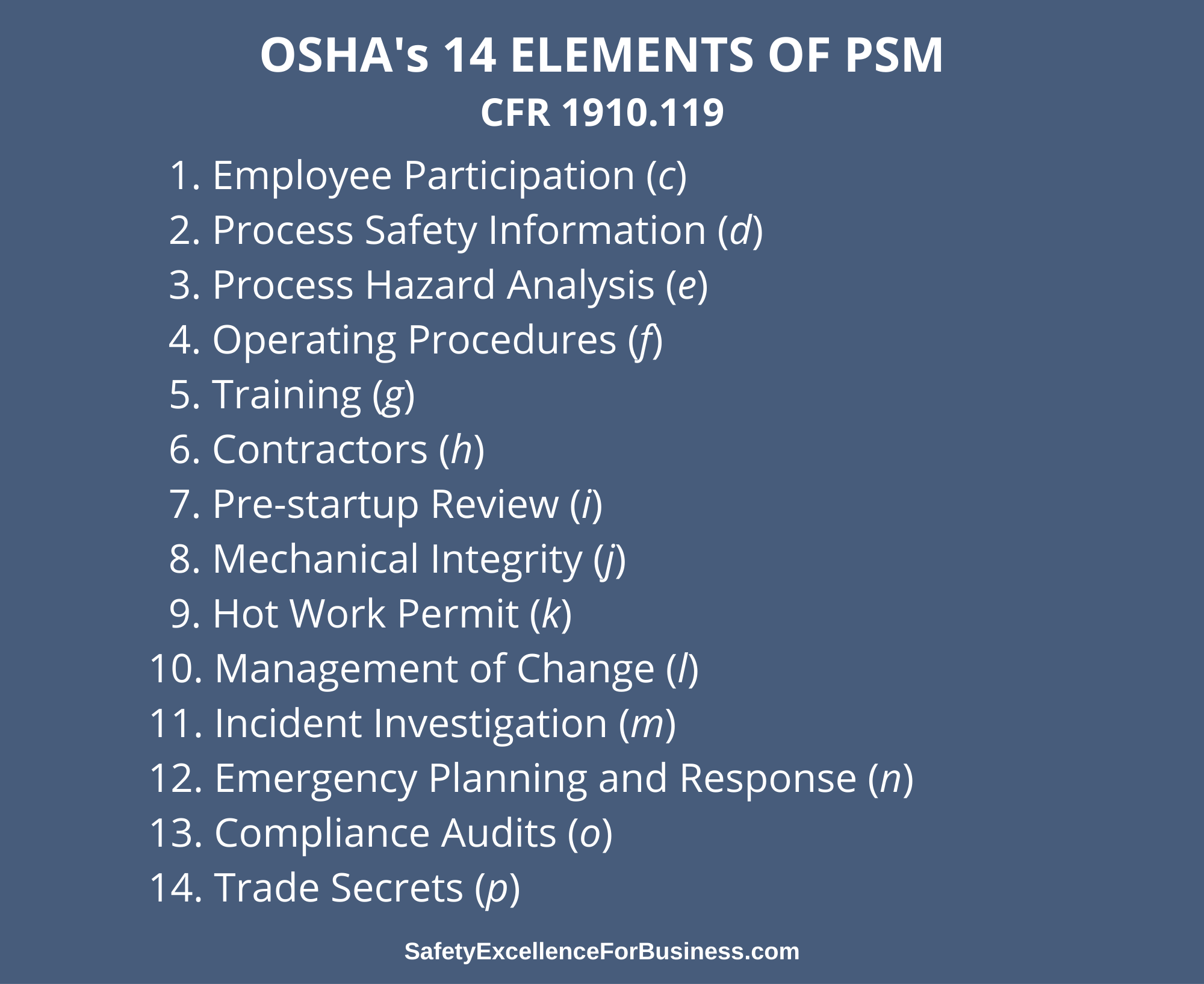
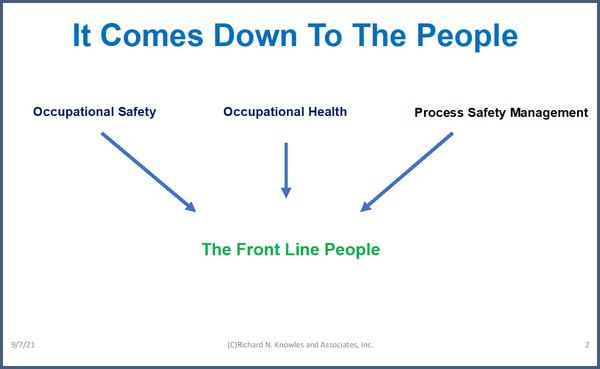
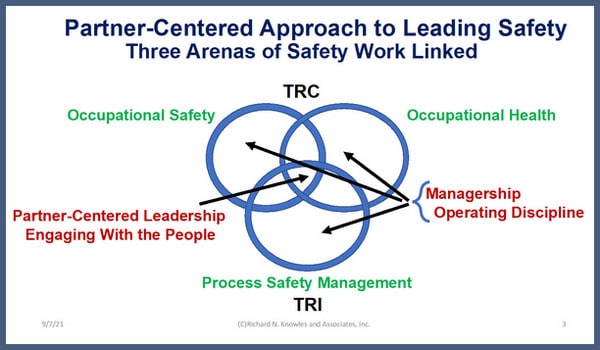
 In this story, a wicked witch puts the princess and the whole kingdom to sleep for 100 years. They all have to wait for the arrival of the prince to kiss the princess and awaken everyone. As children, we all knew this story, but in this new book, Stephen Capizzano shifts the story to thinking about what happens in our organizations.
In this story, a wicked witch puts the princess and the whole kingdom to sleep for 100 years. They all have to wait for the arrival of the prince to kiss the princess and awaken everyone. As children, we all knew this story, but in this new book, Stephen Capizzano shifts the story to thinking about what happens in our organizations. When we were able to shed our old habits at our Plant in West Virginia, injury rates dropped by 97%, emissions to air, ground and water as reported to the EPA dropped 95%, productivity rose by 45% and earnings rose by 300%. As I walked the plant for 5 hours each day we were reminding ourselves to shed the old habits and create a much brighter future.
When we were able to shed our old habits at our Plant in West Virginia, injury rates dropped by 97%, emissions to air, ground and water as reported to the EPA dropped 95%, productivity rose by 45% and earnings rose by 300%. As I walked the plant for 5 hours each day we were reminding ourselves to shed the old habits and create a much brighter future.